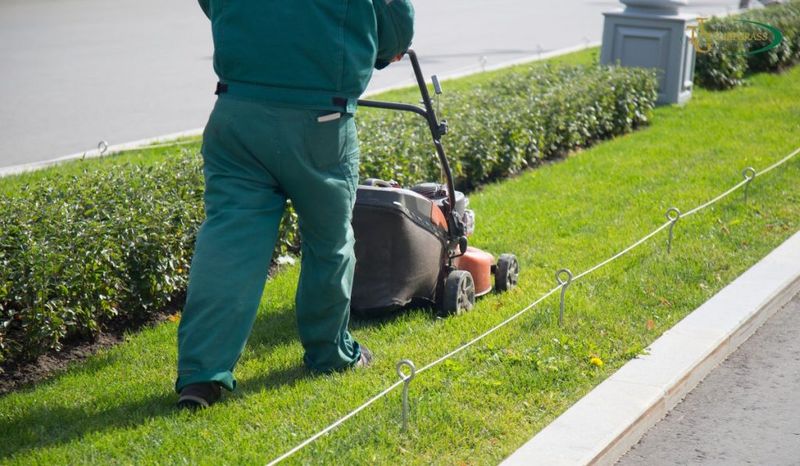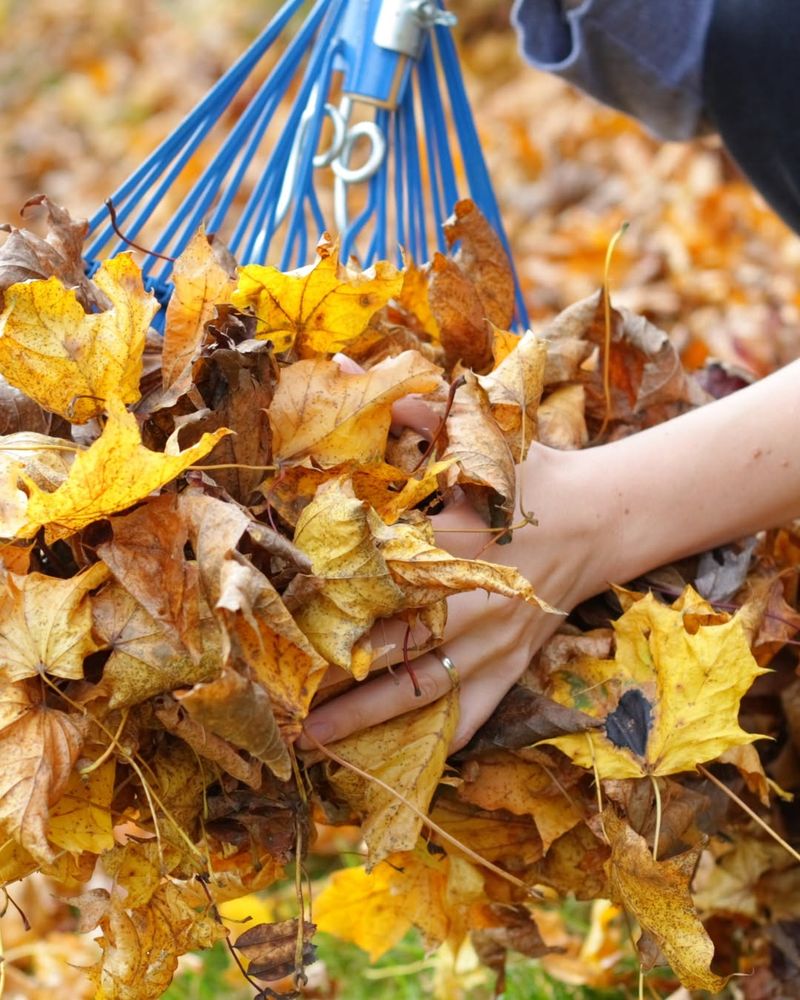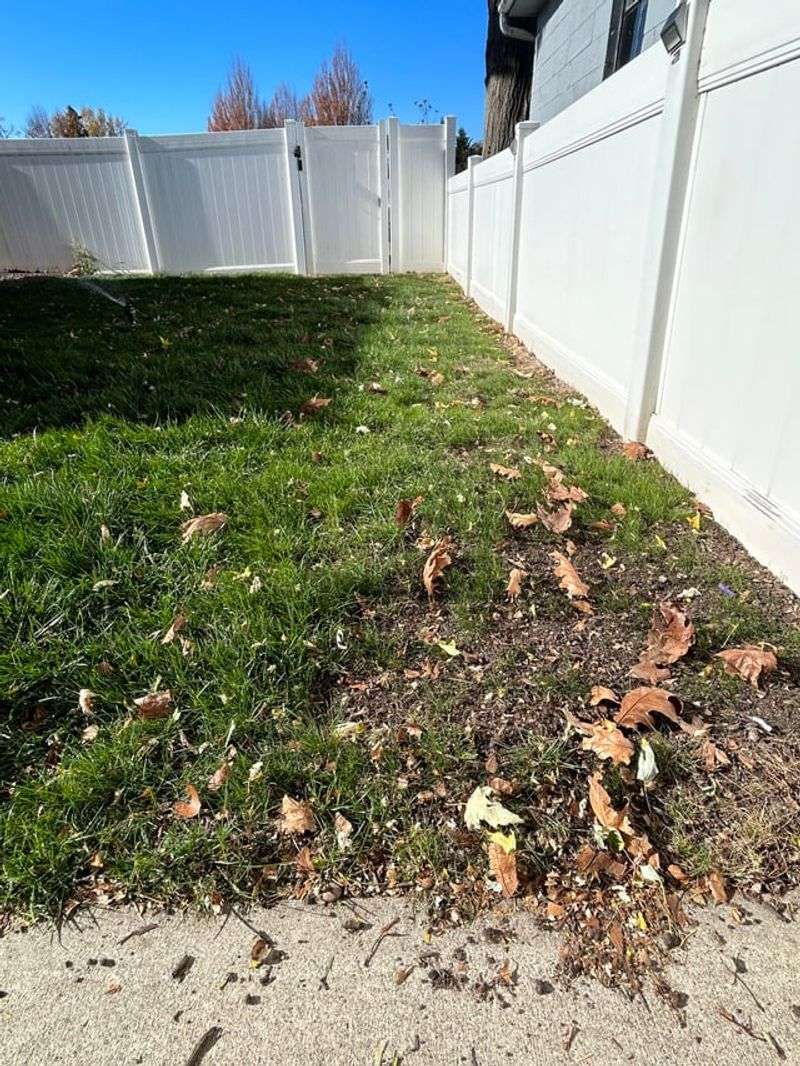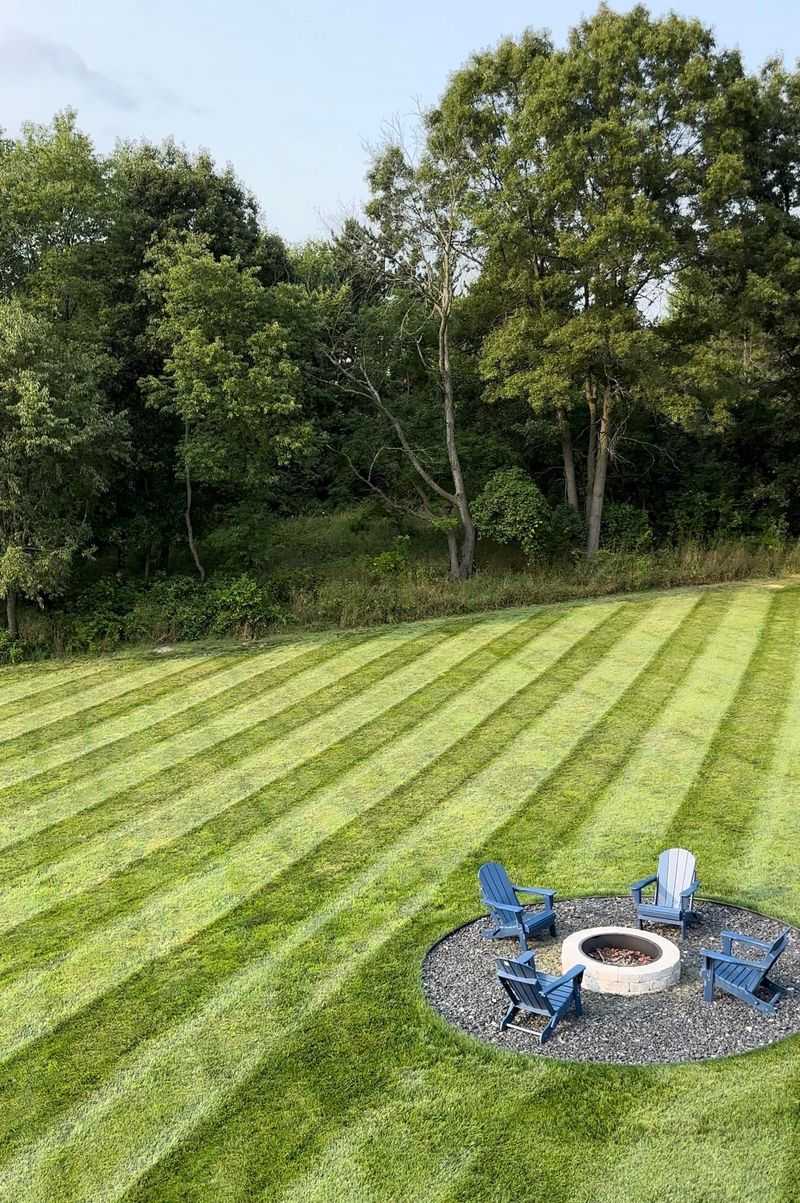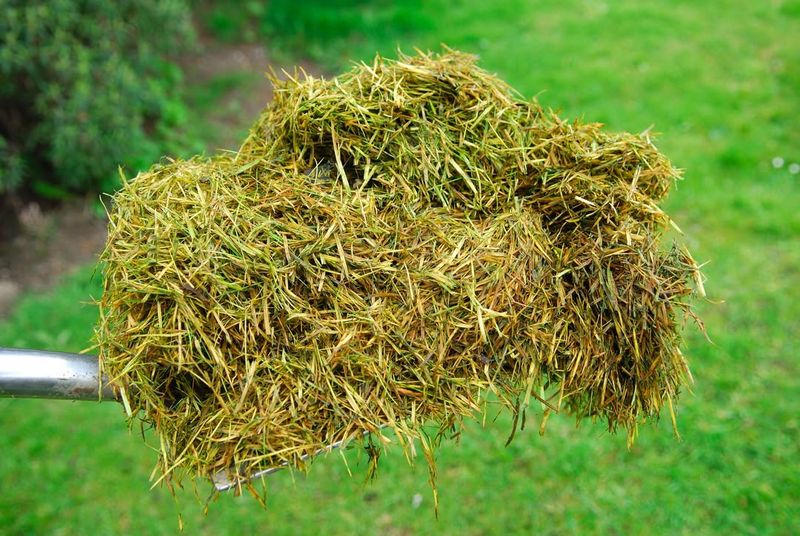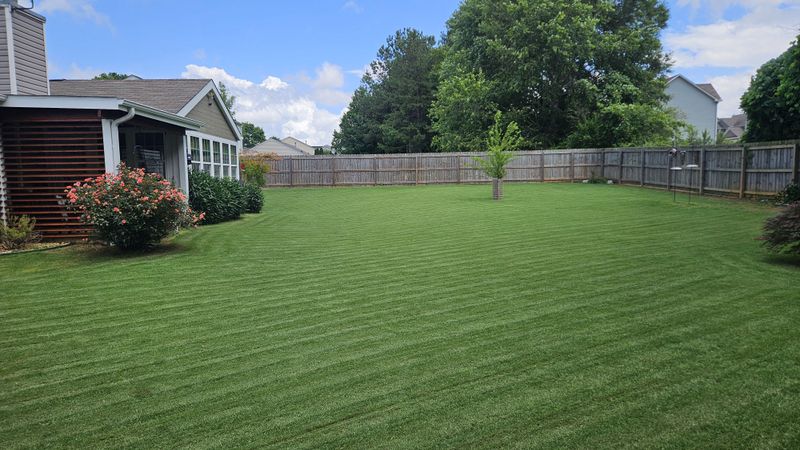November in North Carolina brings cooler weather and slower grass growth, but your lawn still needs attention. Knowing the right mowing practices for this month can help your yard stay healthy through winter and bounce back strong in spring.
Many homeowners make mistakes that weaken their grass when temperatures drop, so understanding these essential rules will keep your lawn looking its best year-round.
1. Keep Your Mower Blade Sharp
Dull blades tear grass instead of cutting it cleanly, leaving ragged edges that turn brown and invite disease. Before November mowing sessions, sharpen your blade or have a professional do it.
Clean cuts help grass in North Carolina seal quickly against cold air and moisture loss. Torn grass blades also struggle to photosynthesize properly, weakening your lawn heading into winter.
A sharp blade makes mowing easier and protects your yard’s health when every cut counts.
2. Raise Your Cutting Height
Taller grass develops deeper roots, which help lawns survive winter stress and drought. Most North Carolina grasses should be cut to about three inches in November, slightly higher than summer heights.
Leaving more leaf surface allows grass to capture sunlight more efficiently during shorter fall days. Scalping your lawn too short exposes soil and encourages weeds to take hold.
Adjust your mower deck upward before your final autumn cuts to give your grass the best chance through colder months.
3. Mow When Grass Is Dry
Wet grass clumps together and clogs mower decks, creating uneven cuts and messy piles. Morning dew is common across North Carolina in November, so wait until midday when sunshine dries your lawn.
Mowing damp grass also spreads fungal diseases more easily from blade to blade. Wet clippings stick to mower parts, making cleanup harder and reducing equipment lifespan.
Plan your mowing schedule around weather forecasts to ensure your grass is completely dry before starting.
4. Remove Fallen Leaves Before Mowing
Thick leaf layers smother grass and block sunlight, creating dead patches that ruin lawns over winter. Rake or blow leaves off your North Carolina yard before each November mowing session.
Mulching small amounts of leaves is fine, but heavy coverage needs removal first. Wet leaves mat down and encourage mold growth underneath, damaging grass crowns.
Clearing leaves also prevents your mower from bogging down and lets you see the actual grass height you’re cutting.
5. Follow The One-Third Rule
Never remove more than one-third of the grass blade length in a single mowing, even in November. Cutting too much at once shocks grass and weakens its ability to store energy for winter.
Grass needs its leaves to produce food through photosynthesis, especially when preparing for dormancy. North Carolina lawns might grow slowly in November, but they still need gradual, gentle trimming.
If your grass gets too tall between mowings, cut it in stages over several days rather than scalping it all at once.
6. Change Your Mowing Pattern
Mowing the same direction every time creates ruts and compacts soil, making it harder for grass roots to grow. Alternate your mowing pattern each session throughout November.
Changing direction also helps grass blades stand upright instead of leaning permanently one way. North Carolina clay soils are especially prone to compaction, so varying your route protects soil structure.
Try diagonal, horizontal, vertical, or circular patterns to keep your lawn healthy and prevent wear patterns from forming in high-traffic areas.
7. Leave Clippings On The Lawn
Grass clippings decompose quickly and return valuable nutrients to your soil, acting as free natural fertilizer. November clippings in North Carolina break down especially fast in still-warm soil.
Clippings contain nitrogen, phosphorus, and potassium that feed grass roots through winter. They don’t cause thatch buildup when you mow regularly and follow proper height rules.
Bagging clippings wastes nutrients and creates extra work, so let them fall naturally unless they’re excessively thick or wet.
8. Schedule Your Final Mow Wisely
Timing your last November mowing correctly sets your lawn up for winter success. Wait until grass nearly stops growing but before the first hard freeze hits North Carolina.
Most Piedmont and Coastal areas can mow through late November, while Mountain regions might finish earlier. Watch nighttime temperatures and grass growth rate to decide your final cut.
Cutting too late risks damaging frozen grass, while stopping too early leaves your lawn overgrown and vulnerable to snow mold and matting.



